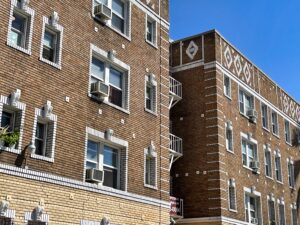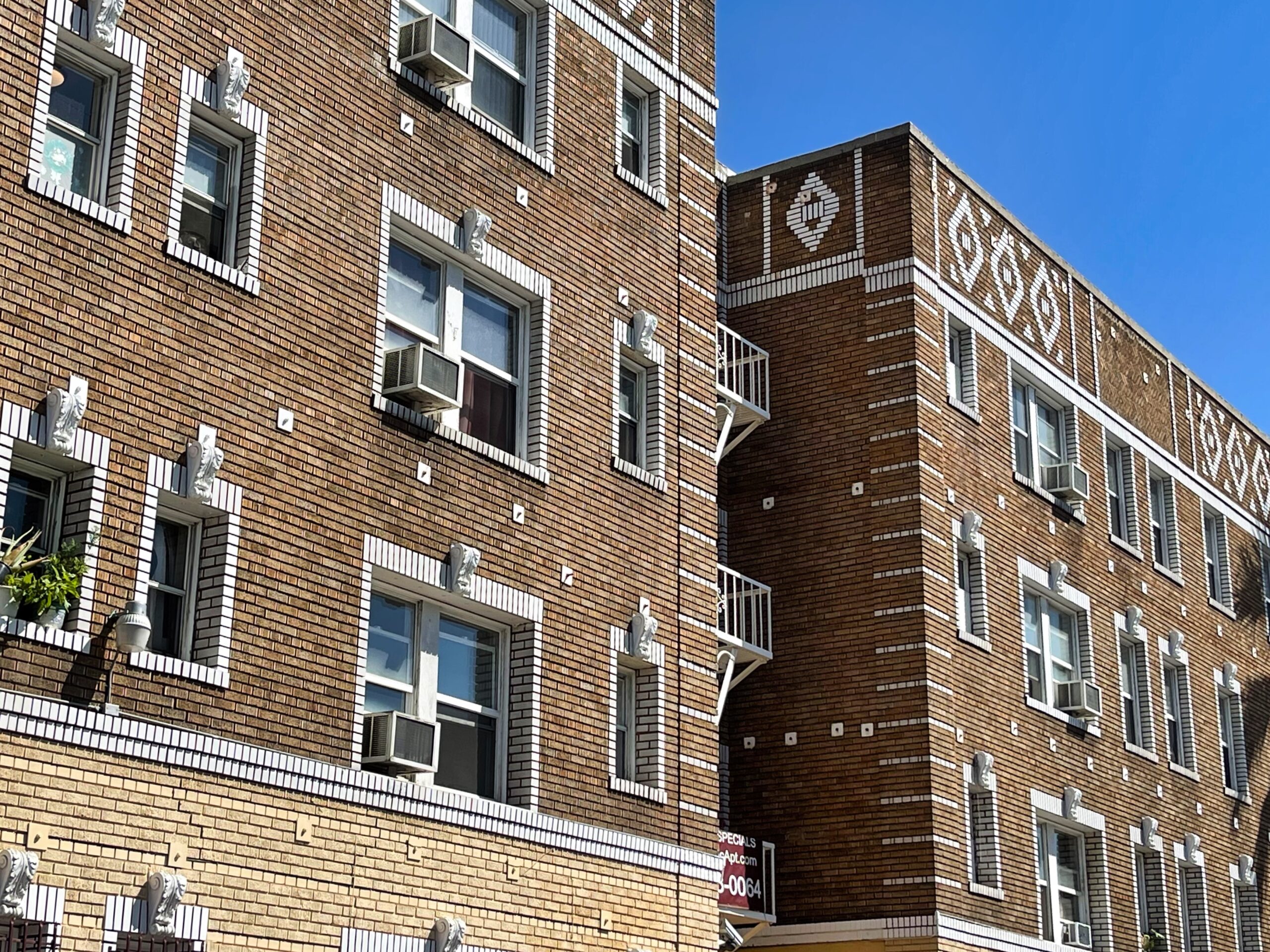
February 21, 2024
By Chelsea Kirk, Director, Policy and Advocacy, Strategic Actions for a Just Economy
California Governor Gavin Newsom recently proposed to solve the state’s 2024–25 budget shortfall by slashing spending on critical climate initiatives. If passed, California will defund or delay programs related to clean emissions, extreme heat resilience, and sustainable agriculture to the tune of $6.7 billion. Especially concerning is a $283 million cut to Equitable Building Decarbonization (EBD), eliminating nearly a third of the program’s budget.
California has pledged an equitable transition to carbon neutrality by 2045, and it cannot achieve this goal without reducing building emissions. Buildings generate 25% of the state’s greenhouse gasses, a percentage that is higher in urban areas like San Francisco and Los Angeles. In 2022, Governor Newsom set the ambitious goal to decarbonize residential buildings, setting targets to install six million heat pumps and retrofit three million homes to be climate-ready and climate-friendly by 2030 and seven million by 2035.
These retrofits, which might include new LED lighting, insulation, low-flow faucets and toilets, zero-gas water heaters, ranges, and stoves, and electric heat-pump HVAC systems, will be expensive—potentially costing $28,000 per unit. Moreover, if implemented carelessly, they threaten to exacerbate California’s housing affordability crisis. Almost 17 million Californians rent, making it the second-largest renter state in the U.S. According to the California Housing Partnership, over half of these households are low-income as defined by the U.S. Department of Housing and Urban Development. Meanwhile, there is a statewide shortfall of 1.3 million affordable homes, and median rent has surged by 38% since 2000, while median renter household income has risen by only 7%. As a result, 79% of extremely-low-income renter households in California spend more than half of their wages on housing. These very-low-income renters, including a growing number of seniors, live in constant financial precarity, just an unexpected emergency away from becoming permanently unhoused.
EBD was established in 2022 precisely because lawmakers recognized that California’s millions of low-income and very-low-income renter households—the ones most impacted by the effects of climate change—will not be able to absorb the cost of residential building decarbonization. The program aims to bring energy-efficient appliances and upgrades directly to these households at no cost, and it establishes a subsidy program to accelerate the deployment of low-carbon building technologies. Property owners who receive subsidies through EBD must agree not to evict tenants because of the construction and are restricted from raising rents for a period afterwards.
It’s important to use this framework for building decarbonization because it incentivizes landlords to be good actors. Under California law, once a rent-controlled unit becomes vacant, rent may be set beyond the annual allowable maximum. Unscrupulous landlords, using building renovations as cover, may evict long-standing tenants paying below market rate rents. Doing so not only displaces households that may have no other rental options, but it also removes affordable units from the market, driving the state’s sky-high rents even higher. It can cost up to $1 million to build one unit of affordable housing, so California’s ability to solve the housing crisis hinges on protecting and preserving the affordable units it already has.
Unless Governor Newsom finds an alternative funding stream for EBD, California’s ability to achieve its climate justice goals will be doubly harmed. The program not only facilitates the retrofits critical to eliminating building emissions, it does so in a way that prioritizes low-income renters while protecting them from evictions and homelessness. EBD is still our best chance at decarbonizing California equitably, by ensuring our most vulnerable communities reap the deep benefits of transitioning to clean energy without increasing their housing costs.

